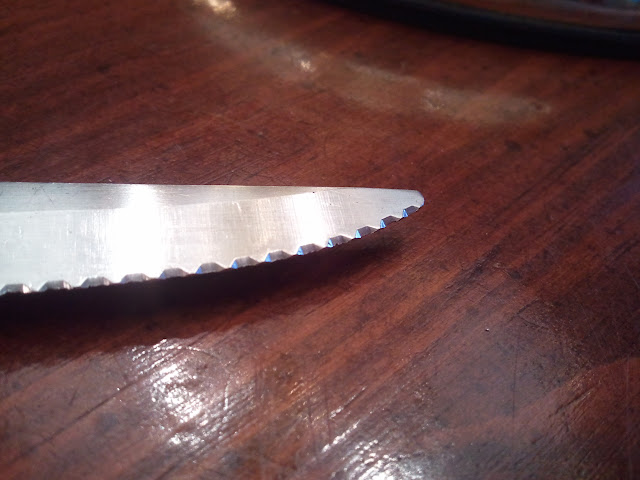- Joined
- Feb 20, 2011
- Messages
- 384
Like the title says, I am looking for the best way to sharpen serrated blades. From Spyderco Endura, Police, Harpy to kitchen bread knives. Is there a rig like an EP attachment that can be set to the proper angle and hold the angle? I have the 1/4" paper wheels that I profiled with a radius but I cannot keep it consistent.





